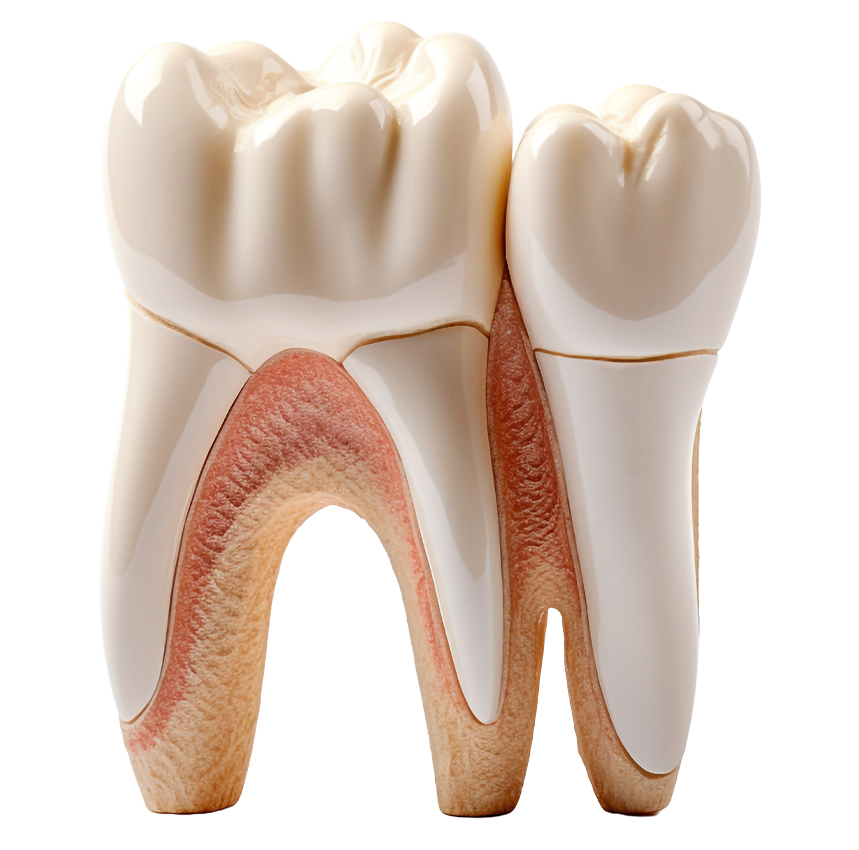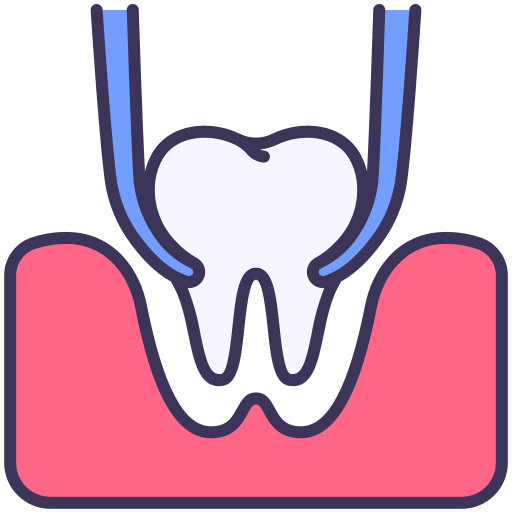Sometimes, a blood clot in the socket will break loose and fall out, exposing the bone in the socket. This is a painful and risky situation. This condition is called a septic socket, also known as a dry socket. Since a blood clot needs to form for healing to begin, the dentist may place a pain-relieving paste containing an antiseptic or antibiotic in the socket for a few days to help with this.
Tooth Extraction
It is the treatment method applied to teeth that do not respond to conservative treatment methods and cannot be saved with fillings or root canal treatment due to reasons such as decay and infection (inflammation).
In what cases should it be done?
It is applied to teeth that do not respond to preventive treatment methods and cannot be saved.
In some cases, teeth may need to be extracted in adults. Although it is ideal for adult teeth, which replace baby teeth in childhood, to be used throughout life, tooth extraction may be necessary for several reasons. The most common of these reasons is that the teeth are damaged beyond repair due to trauma or decay. In addition, dentists may consider tooth extraction as a preliminary preparation in the mouth, especially in cases requiring orthodontic treatment where there are many teeth that do not fit properly in the jaw. Again, in similar cases, tooth extraction intervention can be performed for teeth that have not emerged above the gums, or for wisdom teeth that have been impacted.
Although the tooth extraction procedure itself is generally a very safe medical procedure, the procedure can introduce harmful bacteria into the circulatory system. The gum tissue is also at risk of infection. If there is a high risk of developing a severe infection due to another medical condition, antibiotics will be necessary before and after the tooth extraction.









